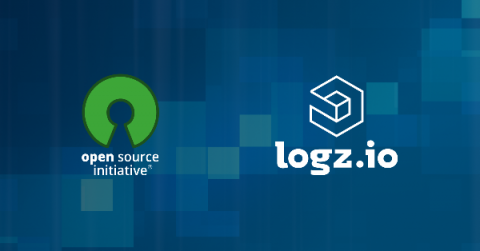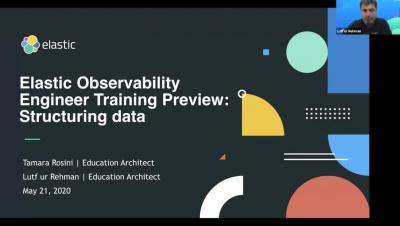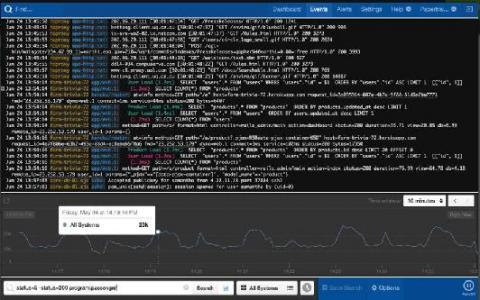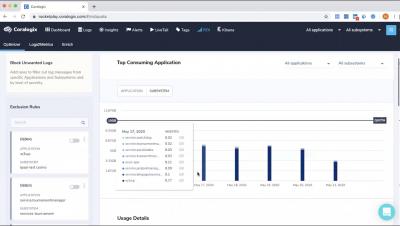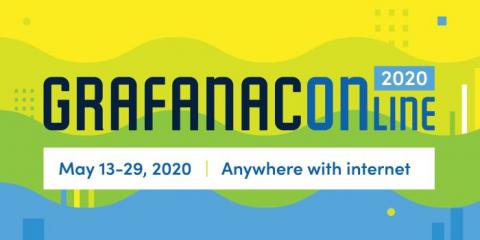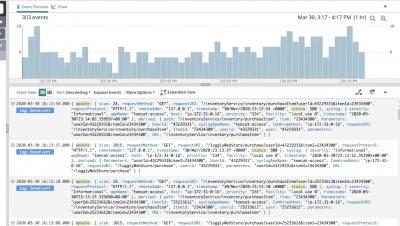Embrace Growing and Untapped Data Sources Without Price as a Limitation
At Splunk, we're listening to our customers and offering more predictable, flexible, and familiar pricing options as part of our Data-to-Everything Pricing model. In particular, Splunk’s new infrastructure pricing metric changes the paradigm of how much data you can analyze with Splunk, allowing users to move toward a value-driven pricing model that better aligns what you pay with real value you can extract from using Splunk products.



